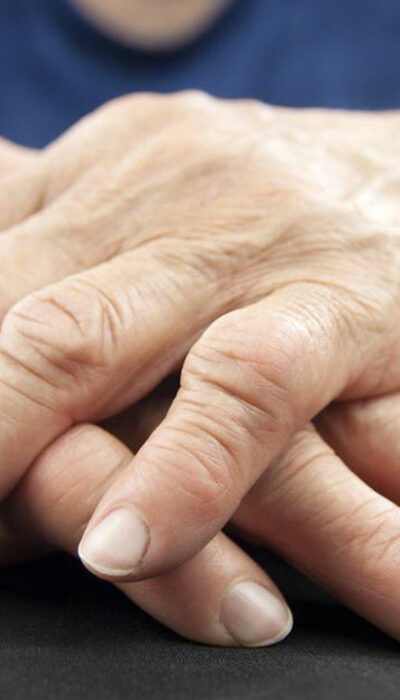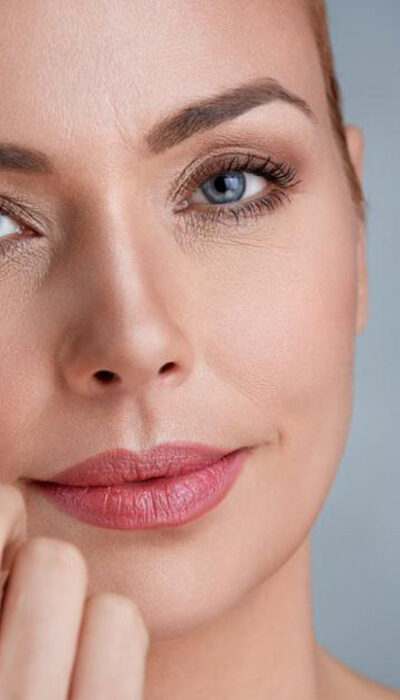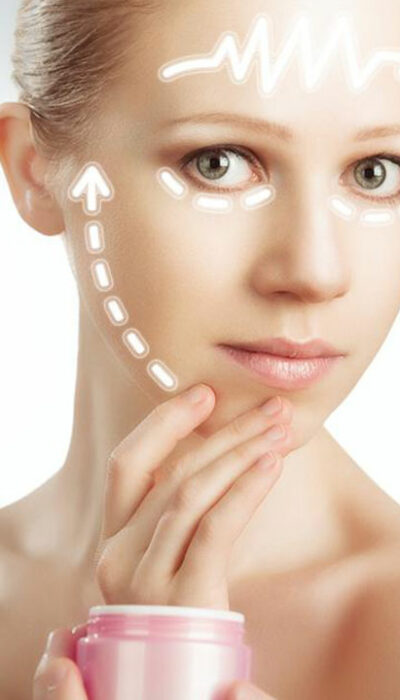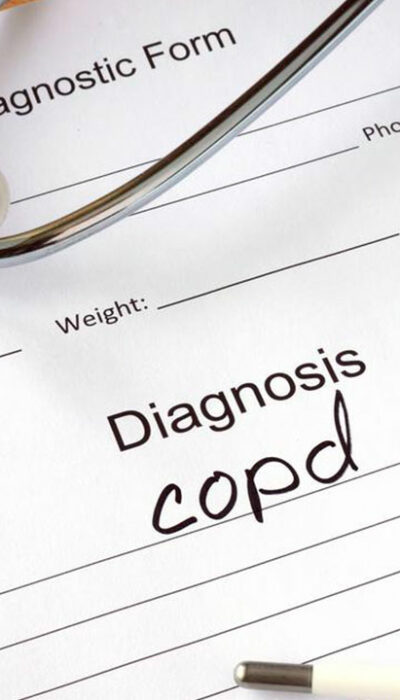
8 Signs of an Underlying Allergy You Cannot Miss
Human life would have been simpler if we weren’t threatened by the onset of diseases every once in a while. However, with the right kind of lifestyle that involves eating healthy food and exercising regularly, we can lead an “almost” disease-free life. The right kind of food and our attempts to maintain the perfect body weight goes a long way in strengthening our immune system. One can think of our immune system as the guardian of our entire system. A healthy immune system helps keep a lot of diseases at bay. Thus, we are capable of thwarting certain diseases with the help of a strong immune system. Have you ever given a thought what the consequences will be if our immune system is the one that becomes the cause of our misery? Well, if the immune system is the culprit of the misery inflicted on you, it results in allergies. What causes allergies? Certain harmless elements in the environment can trigger an allergy. The immune system is known to protect the body against viruses and bacteria. However, when these harmless elements enter the body, the immune system mistakes them for some malicious agents and begins attacking them. This reaction of the immune system is the root cause of allergies. The allergens are basically harmless elements, but it’s the immune system’s reaction to it that causes allergies. What are the most common allergens? The most common allergens are nothing but some of the elements that we come across so many times in our lives. Some of them are as follows: Certain foods can cause allergy. For example, nuts, fish, fruits, etc. If you own a pet, the cause of your allergy might be pet dander. Sometimes, certain medicines can trigger an allergic reaction in an individual. Pollen allergy is one of the most common kinds of allergies.










